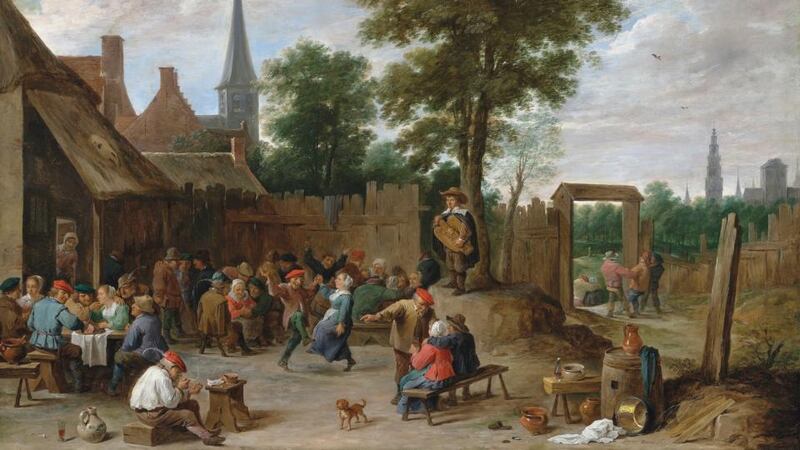When Sir Alfred and Lady Beit donated 17 works to the National Gallery of Ireland, in 1986, its then director, Homan Potterton, said without exaggeration that it was one of the most magnificent gifts ever received by any museum, anywhere.
Crucially, it includes a first-rate Vermeer, which in itself makes it extraordinary, but there are, equally, superb works by Goya, Velázquez, Metsu, Jan Steen, Raeburn, Gainsborough, Hobbema and Ruisdael.
In a country that lacks a strong philanthropic tradition, the gift was unprecedented, regardless of the fact that it was prompted in part by concerns for the safety of the works after a sequence of notorious robberies.

The paintings currently for sale come from the remainder of the collection, which was left at Russborough. Does that imply that the bulk of the collection was less valuable and more dispensable? Less valuable to a point, certainly, but a Vermeer is beyond value. Fewer than three dozen are known to exist.
The Beit collection was never a single, complete and coherent collection. Collections rarely are. But to argue that it will not therefore be further diminished by the loss of some of its paintings makes no sense.
The Beits acquired Russborough as a gallery for the collection, not as a home. To argue that the works cannot be shown because they may be stolen is curiously self-defeating. Surely the aim is to show the house at its best and guard as far as is possible against theft.
We owe the Beits a debt for the priceless works that now hang in the National Gallery, available to everyone. It’s a poor reflection on the nation that it should stand by while the bulk of the collection, and Russborough, are left prey to economic pressures.
It is instructive to think of Russborough in relation to the superb Wallace Collection, at Hertford House in London. The house is inseparable from its collection. When Sir Richard Wallace’s widow, Amélie-Julie-Charlotte, bequeathed them to the UK, at the end of the 19th century, she gave them as a closed collection. Nothing was to be added or taken away.
Over the past few years the Monument Trust, one of the Sainsbury family’s many charitable trusts, underwrote a £5 million remodelling of the Great Gallery at the Wallace. The design architect was an Irishman, John O’Connell. His approach, incorporating new technology to enhance the historical fabric of the building, is relevant in the context of Russborough – as, for that matter, is the way the project was funded.
Russborough and the Beit collection together form a national treasure, and we should treat them as such.











